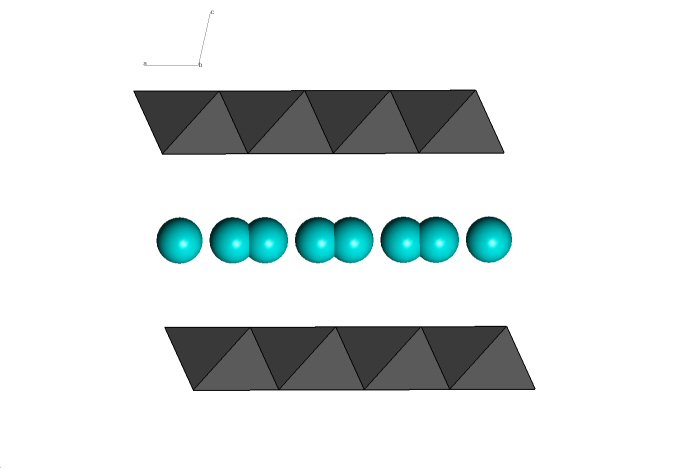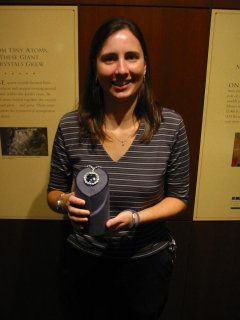
Gina Rogers, undergraduate, UCLA: rutile in mantle xenoliths
Miguel Cruz, undergraduate, UCLA: rutile in mantle xenoliths
I study the interaction of hydrous fluids with rocks and minerals. Fluid-rock interactions are ubiquitous on Earth. At the surface of the earth, water plays a key role in weathering, alteration, and precipitation of minerals. Low-temperature minerals like manganese oxides are crucial in cycling and storage of nutrients in soils and scavenging of trace metals in the oceans. These minerals often contain water or hydroxyl groups in their structures. Fluids also play an important role in high-temperature igneous and metamorphic systems. Water affects the rates of cation and oxygen diffusion in minerals. Mineral melting temperatures are lowered in the presence of water, and fluids are important in many aspects of volcanism (for example, the explosive or effusive nature of an eruption, and melting in the mantle wedge above a subducting slab). Structural water and fluid inclusions within minerals cause hydrolytic weakening of rocks, and influence the electrical conductivity and seismic properties of the mantle. One of the principal tools I use in my research is infrared (IR) spectroscopy. Infrared spectroscopy is sensitive to the vibrations of hydrous species (H2O, OH, and NH4+, for example). Electron microprobe and oxygen isotopic analyses are often important components in my research. I also use nuclear magnetic resonance (NMR) spectroscopy, Raman spectroscopy, optical spectroscopy, and X-ray diffraction techniques. |
 |
Clinton Colasanti, MS (co-advisor Craig Manning), UCLA: experimental calibration of the OH-in-rutile oxybarometer Gina Rogers, undergraduate, UCLA: rutile in mantle xenoliths Miguel Cruz, undergraduate, UCLA: rutile in mantle xenoliths |
Current and Recent Research Projects
| Hydroxyl in rutile as an oxygen and water barometer | |
 |
Water and interlayer cations in the manganese oxide mineral birnessite
|
 |
The Hope diamond as a p-type semiconductor |